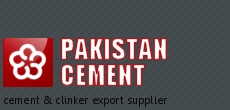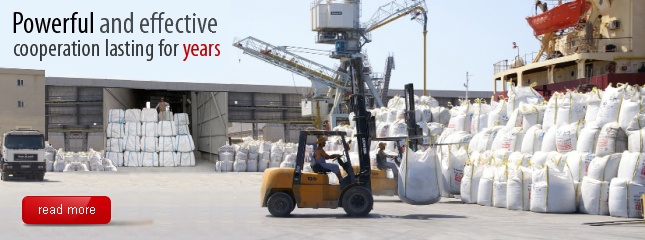|
|

 | International DIN EN 196 |
 | British 12/1996 & BS 4027-1980 |
 | American C-150 |
 | European EN 197-1:2000 |
|
|
 |
| | | | | |
|
 |
|
 |
FAQ in cement industry
Q1: What are the current freight rates?
The freight rates tend to change quite often, therefore, we have stopped publishing them. Please ask in your enquiry.
Q2: What are the factors that determine freight cost?
There are many factors that influence the final price of freigh rate such as
volume,
destination country,
destination port (for the port we need the draft of the port and the daily discharge rate etc.),
any waiting to be expected in that port,
unloading facilities.
Q3: Do you accept L/C on export to Iraq?
Please be advised according to incoterms and UN regulations all exports to Iraq are on pre payment basis.
However, we are willing to work on once transferable L/C.
Q4: Do you work with banks issuing L/C in Africa?
No, we don't. We may consider working with an African bank if the confirming bank is one of the top international banks.
Q5: What do these type of cement mean?
Type N: for exterior, above-grade walls
Type N is a medium compressive-strength (750 psi) mortar made of 1 part Portland cement, 1 part lime and 6 parts sand. Type N is recommended for most exterior, above-grade walls exposed to severe weather, including chimneys.
Type N/R: As above but an optional suffix, R, may be added to the cement type (for example, N-R) if laboratory testing (C 227) indicates the cement is resistant to alkali-silica reactivity (ASR).
Type V: principally where soils or groundwater's have a high sulfate ...
This type of cement gains strength more slowly than Type I cement and is used only in concrete exposed to severe sulfate action - principally where soils or groundwater's have a high sulfate content. This cement is particularly effective for structures such as sewage treatment plants and septic tanks.
Q6: What does the price depend on?
Please remember that Cement prices are dependant on a number of factors which must be taken into account, as these will affect your final price!
These factors include: total volume, shipment size & frequency, payment terms, discharge rate and season.
Q7: Can I have my own design on cement bags?
In Pakistan any custom design packaging can only be done at extra cost. This could be between 1-2 USD/MT depending on the supplier.
Q8: What packaging is bulk cement sold in?
Bulk cement is sold in 1MT or 1.5MT jumbo bags (sling bags). The volume of the bag depends on the manufacturer.
|
|
|
|

